The Vitruvian Man was created by Leonardo da Vinci around the year 1487. It is accompanied by notes based on the work of the famed architect, Vitruvius Pollio. The drawing, which is in pen and ink on paper, depicts a male figure in two superimposed positions with his arms and legs apart and simultaneously inscribed in a circle and square.. The Vitruvian Man is named after Vitruvius, whose essays Leonardo knew very well. The drawing was made by Leonardo da Vinci in 1490, and it’s the graphic representation of the proportions of the human body described in the treatise De architectura by the Roman architect Vitruvius (1st century BC). The drawing depicts the image of a man.
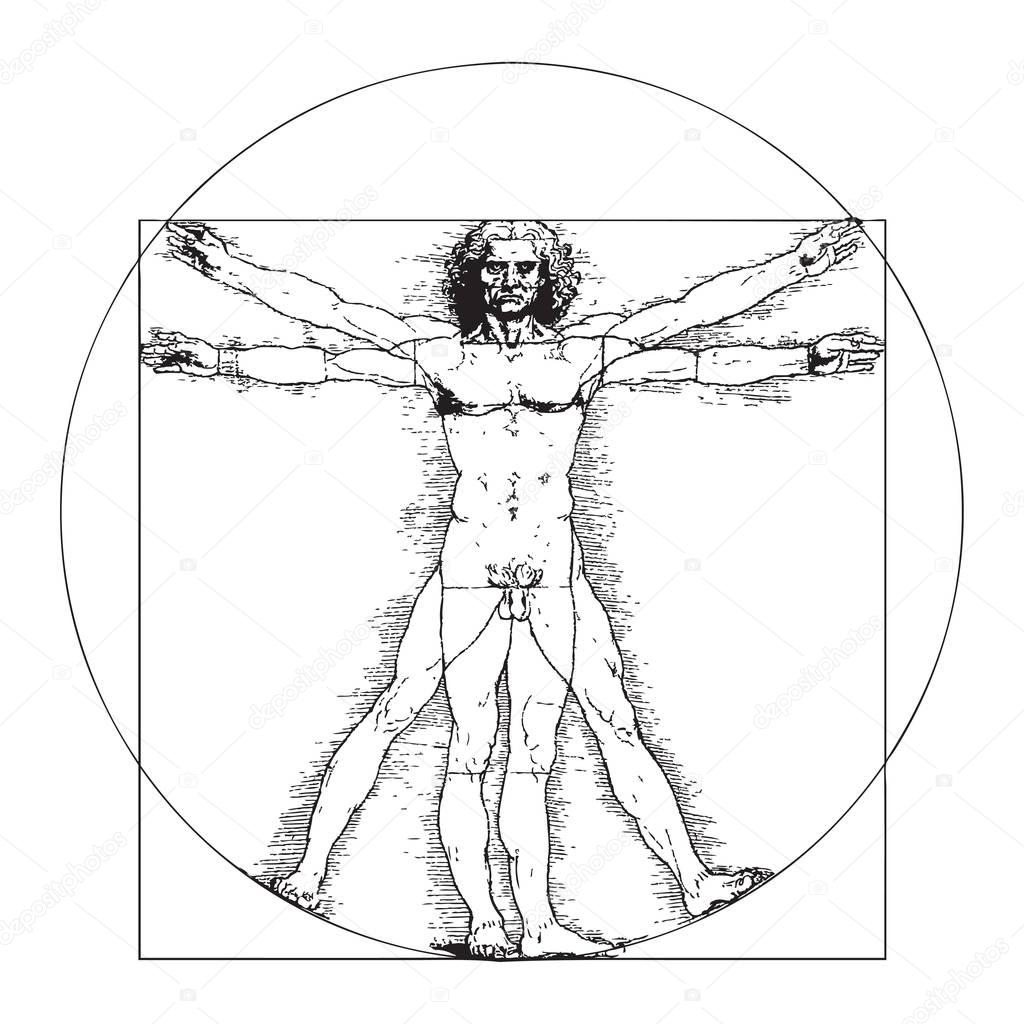
El hombre de Vitruvio por Leonardo Da Vinci 2023

Vitruvian Man by Leonardo Da Vinci Stock Photo Dissolve
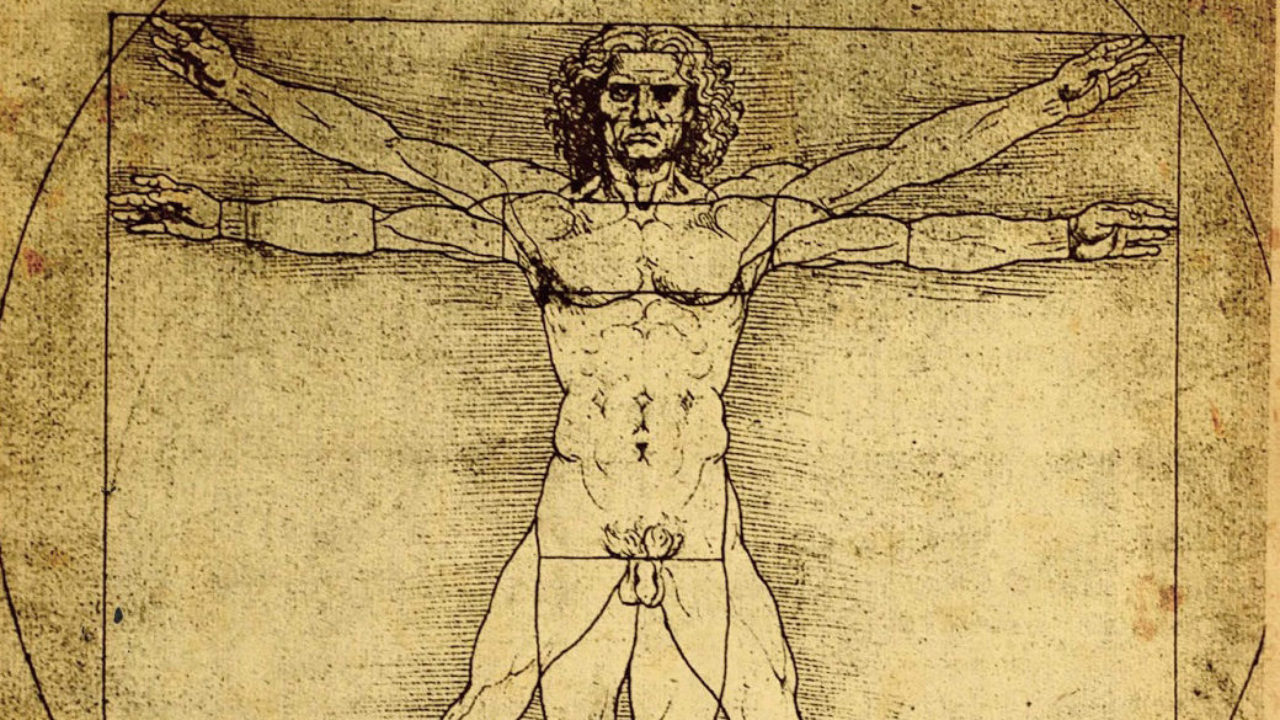
Leonardo da Vinci, non tutto è come sembra cosa si nasconde sotto “l’Uomo vitruviano” Open

L’Uomo Vitruviano di Leonardo da Vinci analisi

Leonardo Da Vinci Der vitruvianische Mensch Skulptur Plastik bronziert DAV03 Vitruvian man
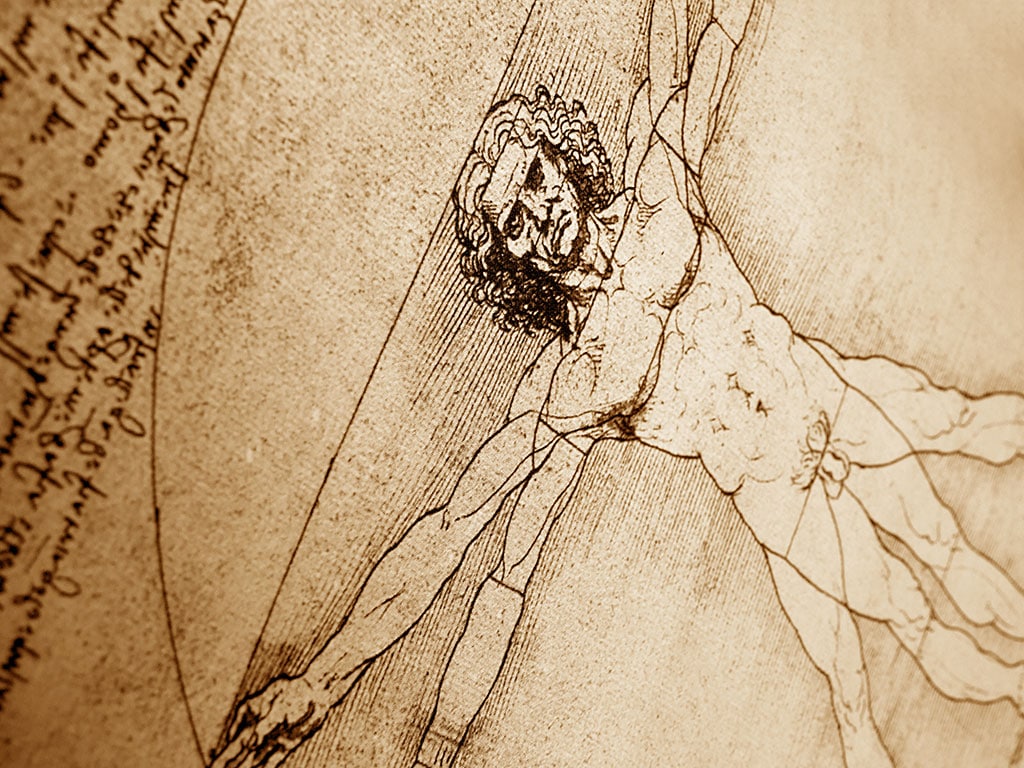
Leonardo Da Vinci, nella capitale una mostra in 3D
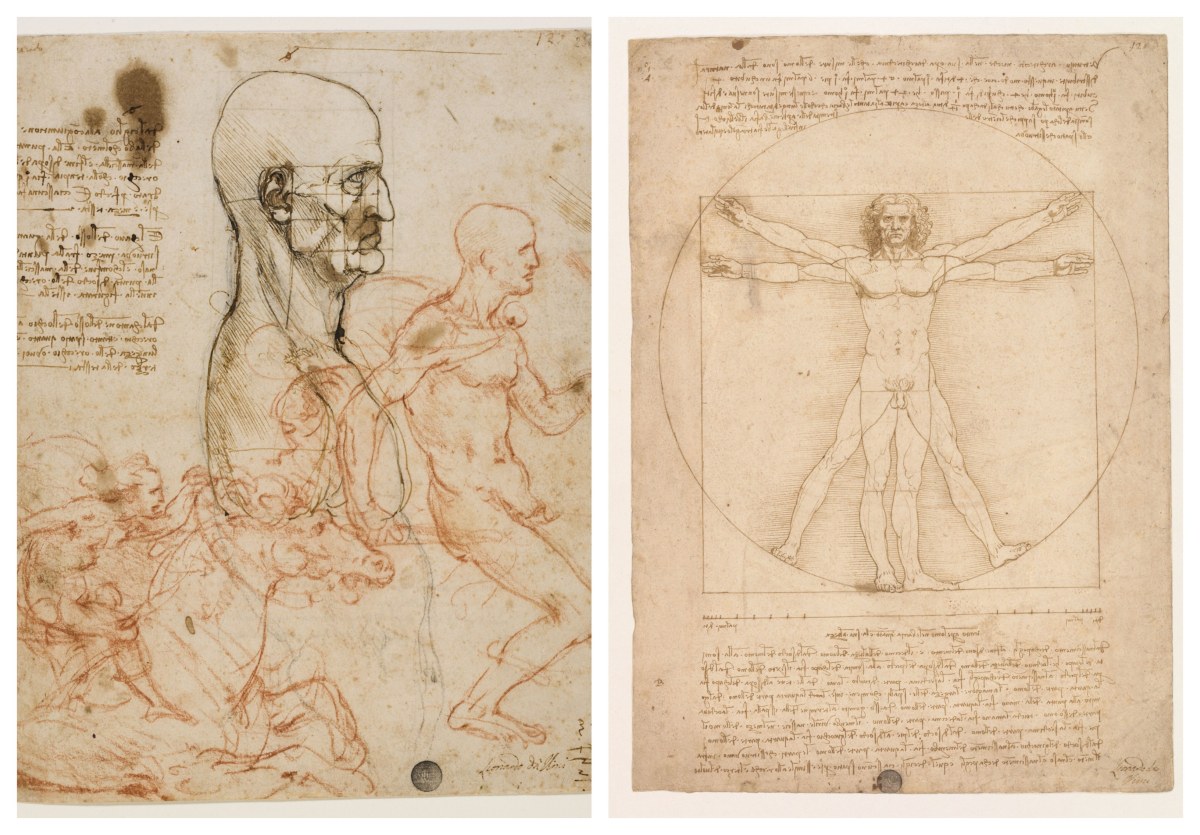
Leonardo da Vinci, l’uomo modello del mondo Il Bo Live UniPD
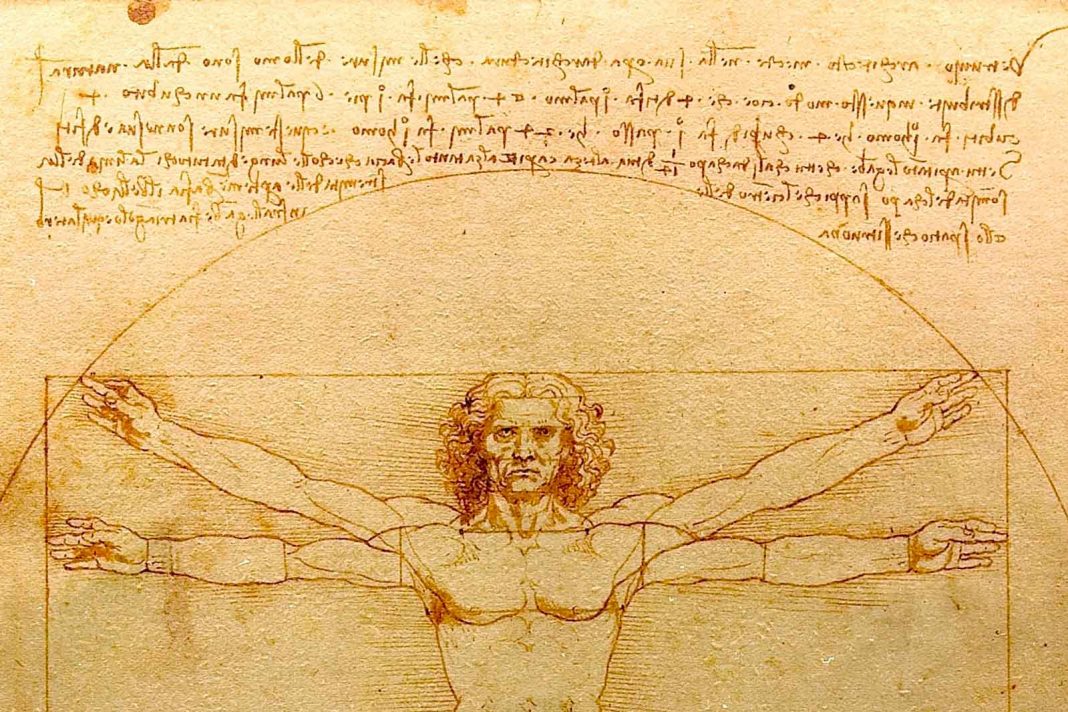
L’Uomo Vitruviano andrà al Louvre, il TAR respinge il ricorso
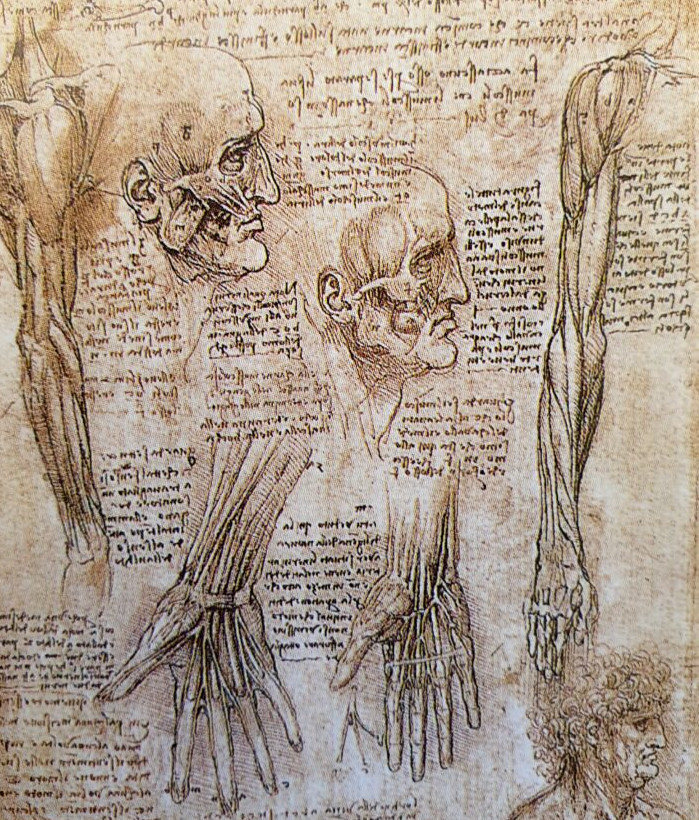
Le invenzioni di Leonardo Da Vinci codici, disegni e ricerche

Leonardo Da Vinci, Uomo vitruviano, disegno, circa 1492 Foto stock Alamy

the Vitruvian Man by Leonardo da Vinci
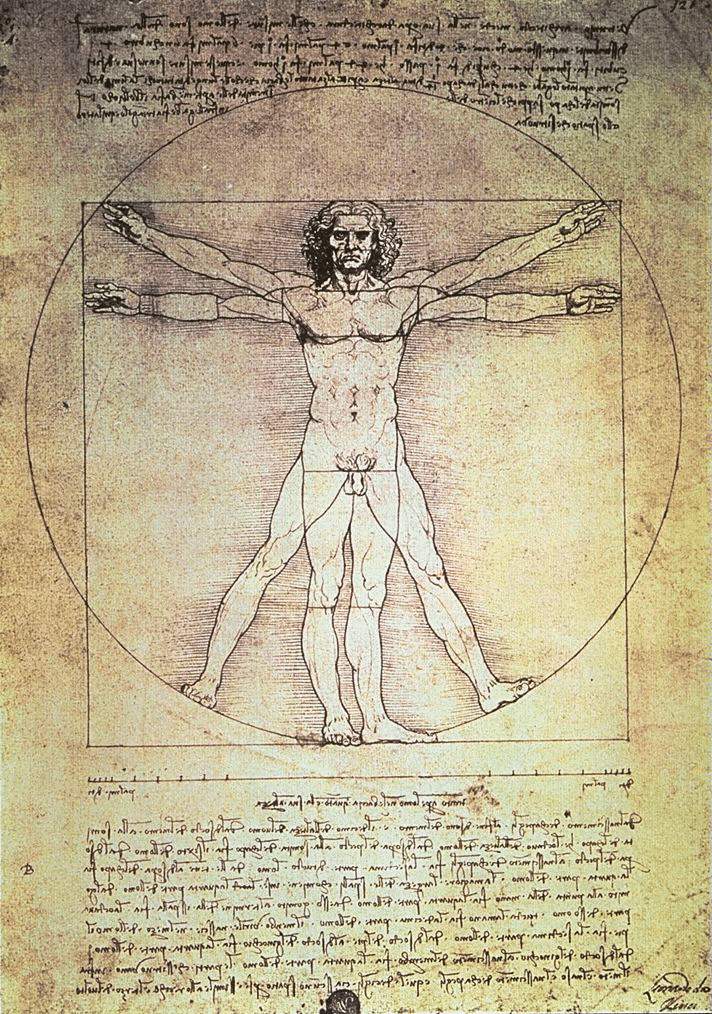
Disegni Geometrici Di Leonardo Da Vinci Disegni HD
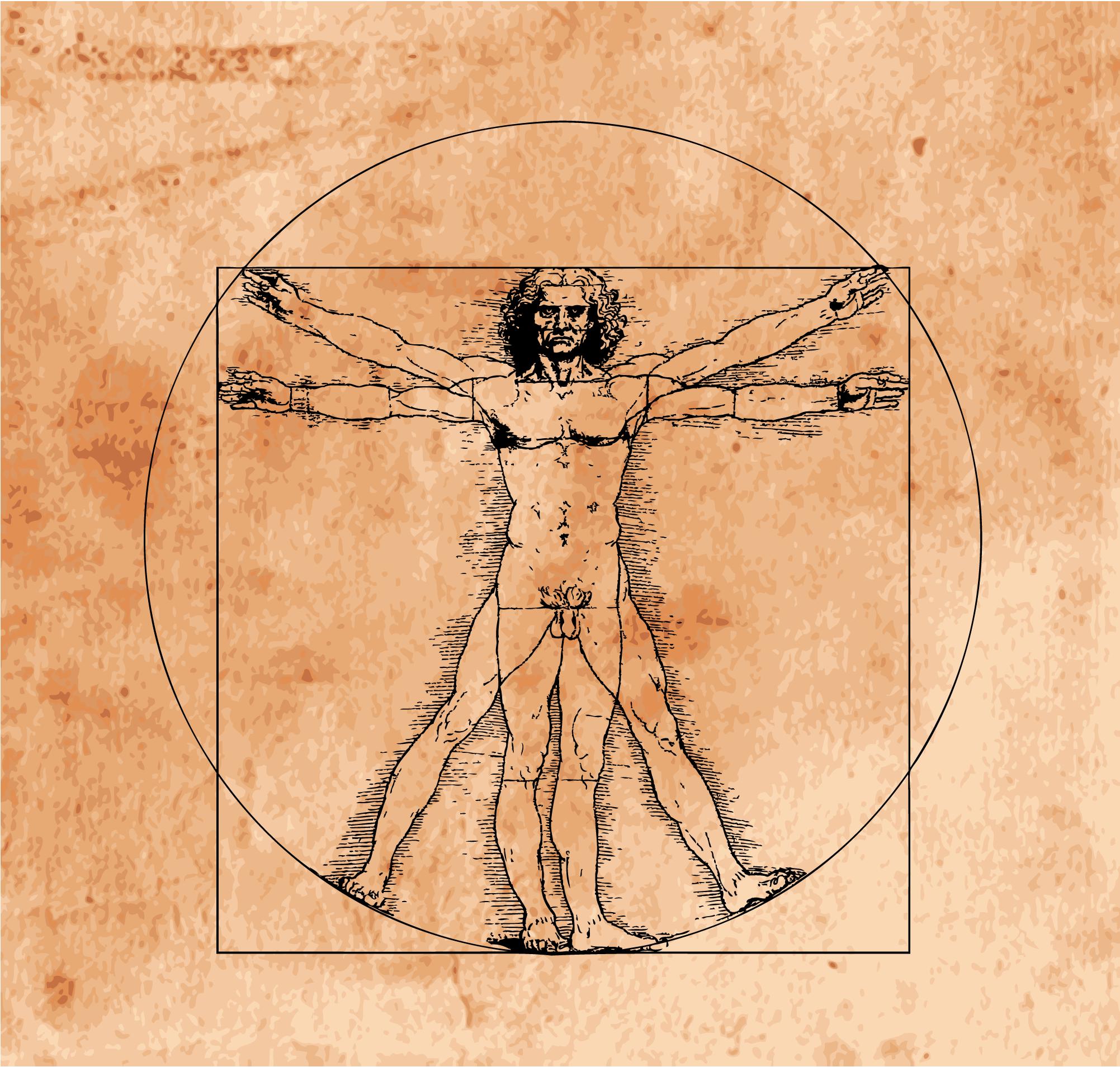
Da Vinci fue un genio y lo prueba El Hombre de Vitruvio

Leonardo da Vinci. L’uomo, l’artista, il genio Il senso del Bello
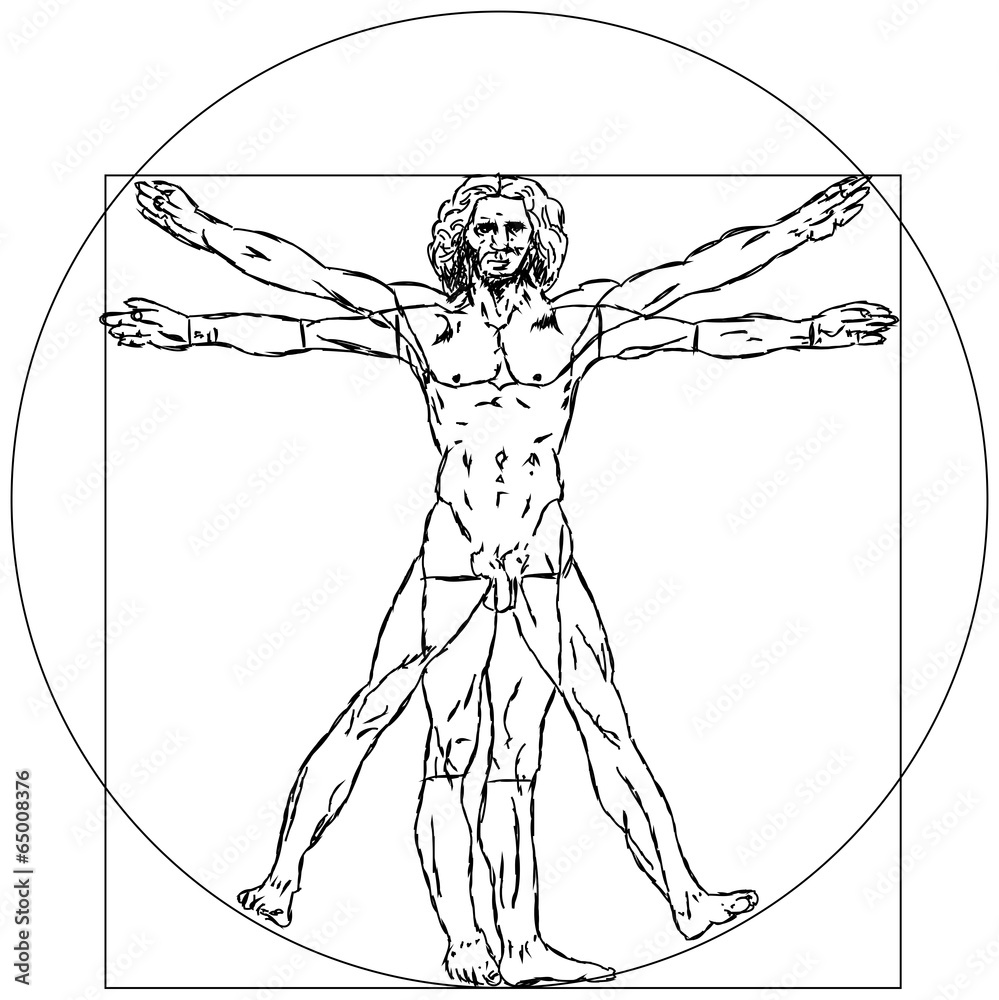
Vitruvianischer Mensch Leonardo Da Vinci Figur Stock Vector Adobe Stock

L’Uomo vitruviano di Leonardo da Vinci Arte Svelata

Leonardo da Vinci. L’uomo, l’artista, il genio Il senso del Bello
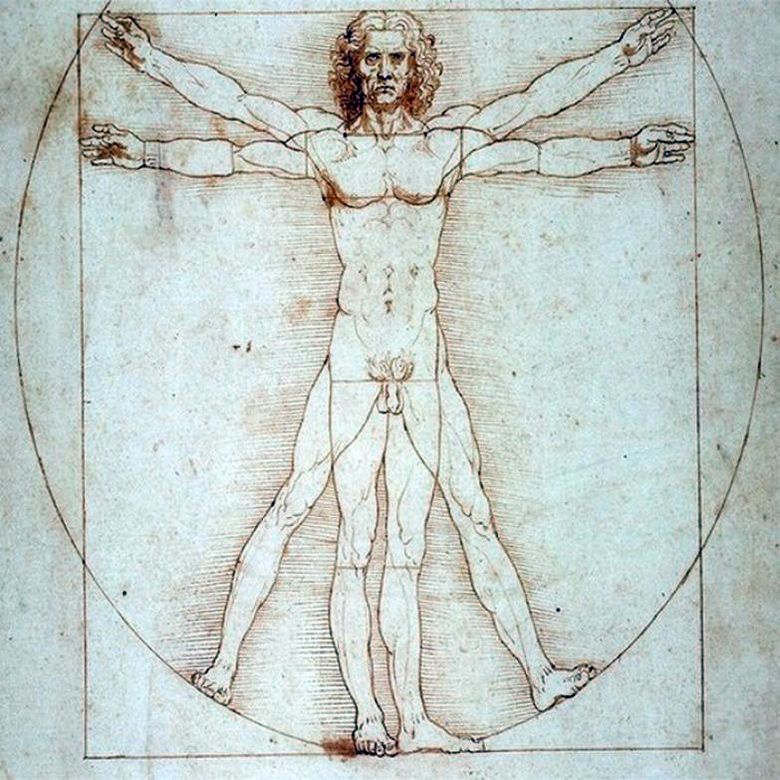
Homme de Vitruve Léonard de Vinci ️ Fr Da vinci leonardo

Leonardo Da Vinci L’Uomo Immagini gratis su Pixabay Pixabay

LEONARDO DA VINCI 1 / 7 Via ai festeggiamenti!
The Vitruvian Man (Italian: Le proporzioni del corpo umano secondo Vitruvio, which is translated to “The proportions of the human body according to Vitruvius”), or simply L’Uomo Vitruviano (Italian pronunciation: [ˈlwɔːmo vitruˈvjaːno]), is a drawing by Leonardo da Vinci around 1490. It is accompanied by notes based on the work of the architect Vitruvius.. Leonardo da Vinci was a Renaissance artist, inventor, and scientist who is widely considered to be one of the greatest geniuses in history. Born in Vinci, Italy in 1452, da Vinci was a polymath who excelled in a wide range of fields, including painting, sculpture, architecture, anatomy, engineering, and mathematics..